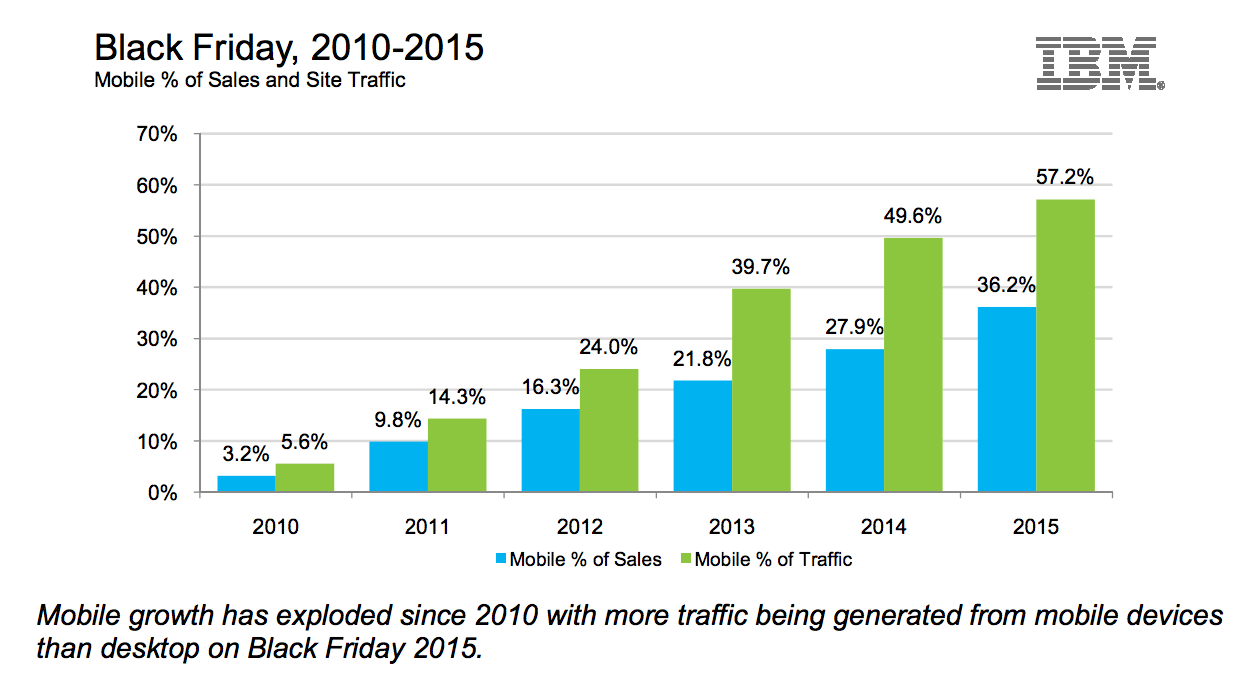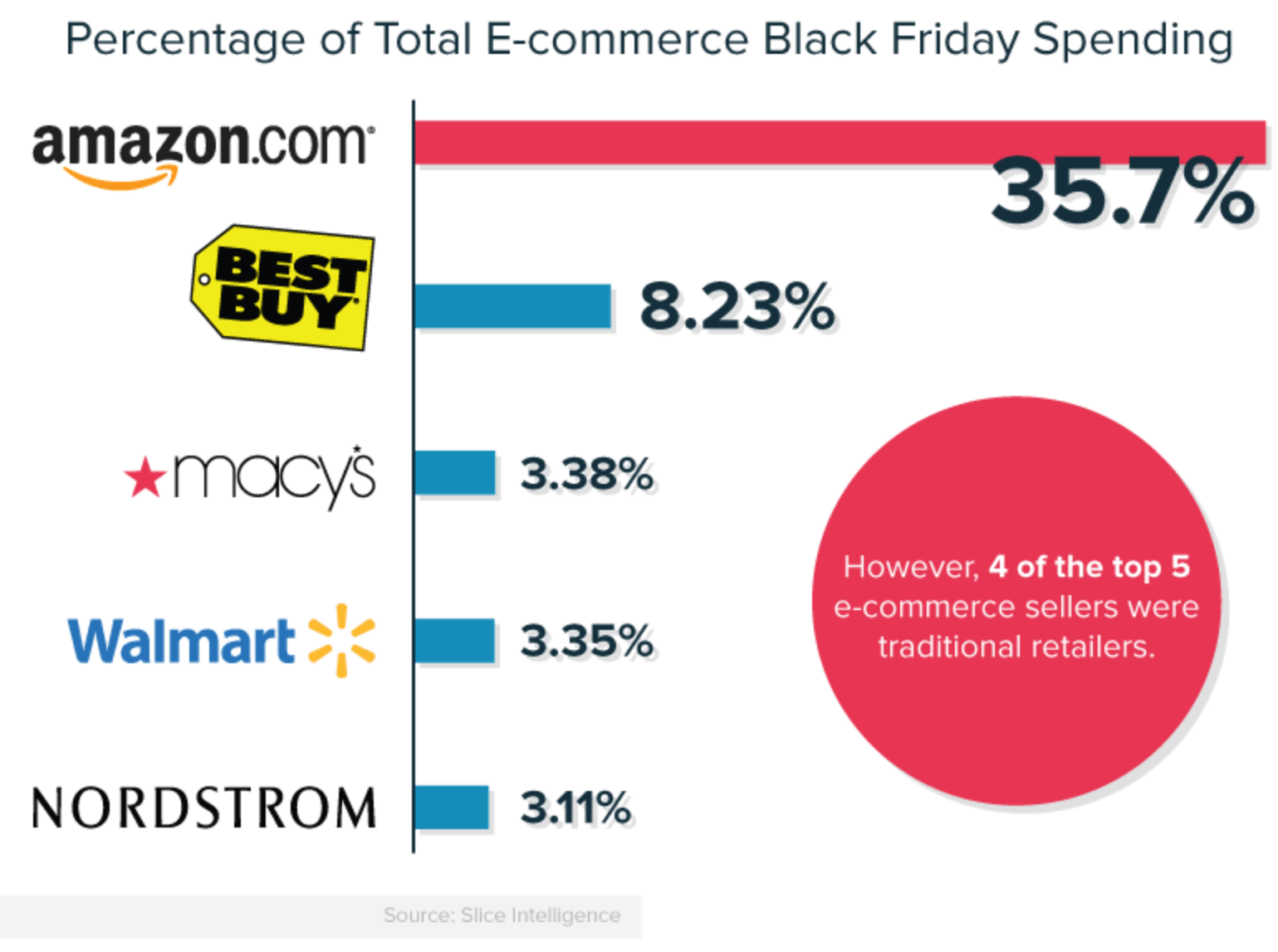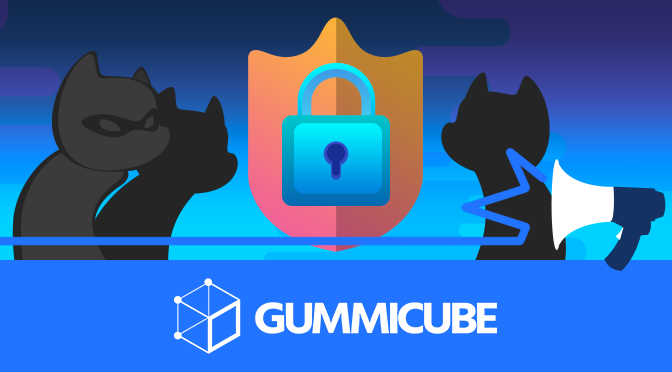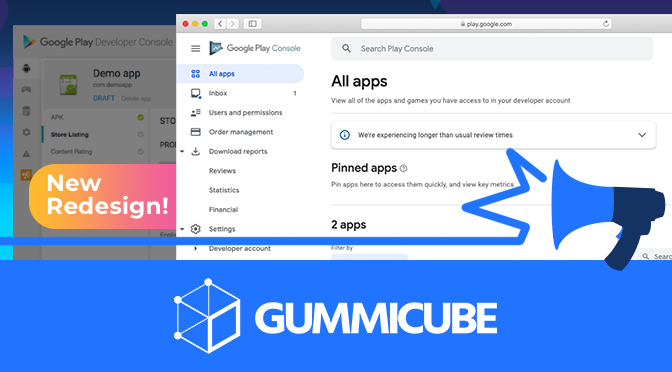
App Store Holiday Schedule 2020
Posted on November 23rd, 2020
When is the App Store Holiday Schedule 2020? Learn about the dates of this year's shutdown and how to prepare.

As we leave for our holiday vacations, let’s take a look at how mobile and mobile apps have not only nudged their way into retail, but how mobile shopping is now leading much of the shopping experience. We are not talking about mobile or apps taking over only ecommerce (which they are), but the huge impact mobile is having in “brick and mortar” - meaning the impact of mobile on all retail sales. Until recently, there was a clear divide between ecommerce sales and “in store” sales. No one was opening their Mac in Best Buy purchasing online from Best Buy while in the store (maybe someone has done that - but not a significant use case). With smartphones, purchases can be made digitally and in the store. As we’ll see, this happened with greater frequency in 2015 than ever before. We’ll look at ecommerce vs in-store, and by medium of PC, Smartphone or at a retailer. Several companies have shared their holiday shopping data including IBM via Watson, and Adobe via their Adobe Marketing Cloud. Then we have forecasts and other informed data points from consultancies like Deloitte.
IBM and Adobe shared data for Black Friday which is “traditionally” a holiday shopping day on the friday after Thanksgiving. In 2015, Black Friday started on Thanksgiving, with digital sales increasing 26% over 2014, with 60% of traffic and 40% of sales coming via mobile devices. On Black Friday, mobile accounted for 57.2% of web traffic and 36% of online sales, an increase of 30% over 2014. The average order on a Tablet actually exceeded PC average orders sizes for the first time.

Data shows that this spike is not due to traditional retailers selling in-store, with mobile-first or traditional online sellers (like Amazon) selling online and via mobile. Of the top 5 ecommerce revenue generators on Black Friday, 4 were traditional retailers.

Adobe’s data mirrored IBM’s, but they also shared that of mobile revenues, 70% were from iOS devices. Note that in the US, the market share by mobile OS is around 50% Android, 40% iOS and 10% Blackberry, Microsoft and others.
The same thinking that has brought us Grandparents Day and Boss’ Day has brought us Black Friday, Small Business Saturday and Cyber Monday. For Cyber Monday 2015, retail online sales increased almost 18% from 2014. Mobile accounted for 50% of traffic and 30% of sales on Cyber Monday - an increase of more than 25% year over year.
Customer service consultancy and software platform provider Eptica shared the results of their multichannel customer experience study in retail that showed 23% of respondents completed a purchase from the store they were in, on their mobile device. This could be related to not having to transport the purchased goods home, to see a wide range of reviews or ratings, a long checkout line or price shopping. In the same study, a full 20% responded purchasing from a competitor while in a retail store. Best Buy has long been the poster-child of the challenge of “Showrooming” - where consumers use a retail location to touch and feel merchandise, only to go home and price shop. Apparently, consumers are not even leaving the retailer before placing a purchase on their smartphones.

When is the App Store Holiday Schedule 2020? Learn about the dates of this year's shutdown and how to prepare.

Apple's App Store Guidelines have strict privacy requirements. Developers now must provide information to users on the App Store listing regarding the data they access.

The Google Play Developer Console has been updated with a new design and adjusted tools. What's different, and how will it impact App Store Optimization?